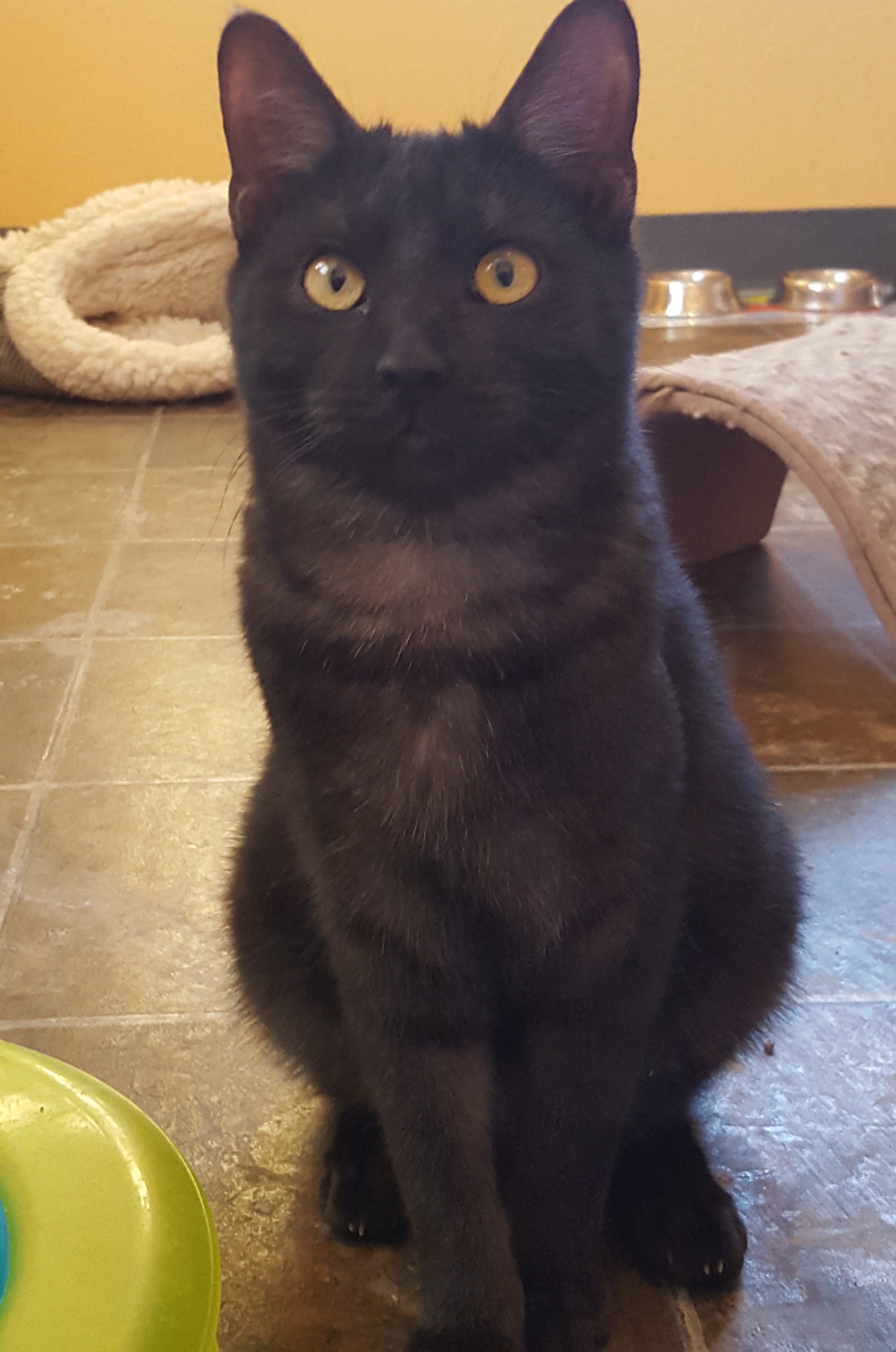
20 Mar Second Chance: Declawing A Cat Is Inhumane. Period.
Second Chance Humane Society Animal Resource Center and Thrift Shops service San Miguel, Ouray & Montrose Counties. Call the SCHS Helpline at 626-2273 to report a lost pet, learn about adopting a homeless pet, or about the SCHS Spay/Neuter, Volunteer, Feral Cat, or other Programs. View our shelter pets and services online: www.adoptmountainpets.org.

Tigger
Take a look at your fingernails. Now imagine what it would take to permanently remove them. Ouch. Looks like you would have to remove part of your fingers? Yep. Well that is what you’d have to do to me to remove my claws. I am not sure how declawing is still even legally allowed in the U.S. as in most developed countries it is recognized as totally inhumane and is prohibited.
Declawing involves amputation of the last joint of your cat’s toes (you can’t remove the claws without removing part of our bone…) and involves a painful recovery period. Wheelchairs and bedpans are not an option for a cat. During surgery recuperation your cat still has to use its feet to walk, jump, and scratch in its litter box regardless of the pain it is experiencing.
Have I changed your mind yet?
Additionally, there are many potential complications and negative implications to this surgery briefly summarized as: chronic pain, lameness, joint stiffness, arthritis, as well as behavioral problems which can later emerge like litter-box avoidance and biting. (We feel pretty helpless without our claws.) You should also know that our claws can grow back after surgery. And last, but NOT least, our primary means of defense is removed with our claws, including our ability to climb to safety…
Need more scientific evidence? Check out declawing.com/the-truth-about-declawing.
Although you may know some felines who have undergone declawing and appear fine (recovery period is typically several weeks) keep in mind that we often try to hide our pain and discomfort as part of our survival instinct. Also keep in mind that our claws help us to maintain our balance and grace. You are removing that from us when you remove our claws.
There are many simple, pain-free, and less costly alternatives to declawing, number one being a good ol’ scratching post. It is our natural instinct to scratch, it feels good to our muscles and joints and allows us to leave a bit of our scent to mark our “turf.” We feel emotionally and physically fulfilled through scratching (something else declawing takes from us…).
Rather than resorting to declawing, I recommend you simply provide an alternative to scratching the couch or rocking chair. Get a nice tall scratching post that allows your cat to stretch her whole body, or one of those horizontal strong card-board scratching devices and your cat will opt for that over your furniture (particularly if you add catnip to the scratching posts).
More alternatives to de-clawing can be found at catscratching.com. Don’t think I am being a pussy cat about this whole de-clawing issue, every single animal humane agency I am familiar with has issued clear statements against this procedure. Or you can just go back to imagining life without your fingernails…
My name is Tigger. I am a claws-intact, seven-month-young lovely black kitty with beautiful markings. I earned my name due to my boisterous and exuberant personality that resembles one of Winnie the Pooh’s pals of the same name. I love to play with other cats, toys, and human friends and will make a great new family member as long as you promise to keep my claws on my paws!


Sorry, the comment form is closed at this time.